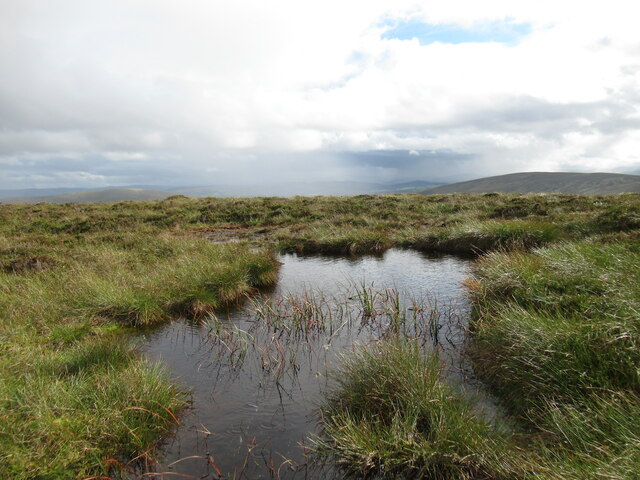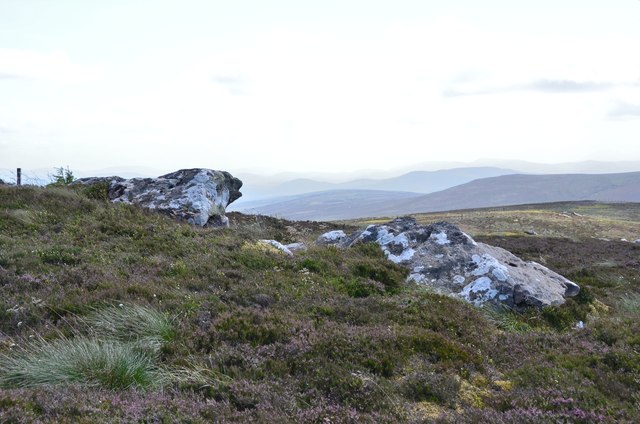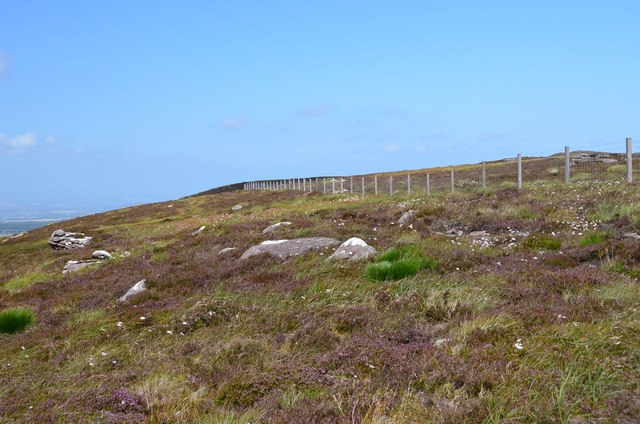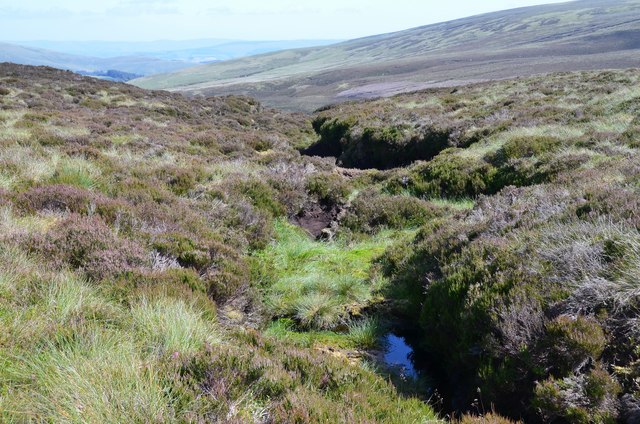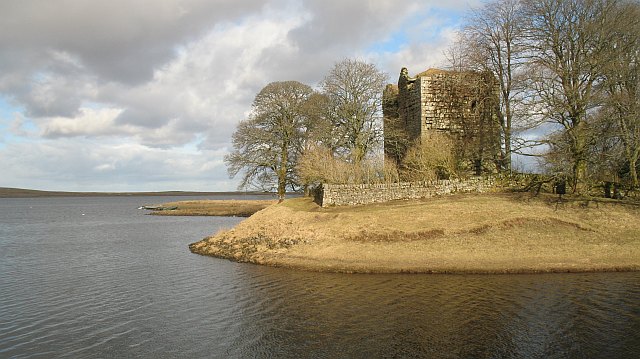Crow Moss
Downs, Moorland in Midlothian
Scotland
Crow Moss

Crow Moss is a vast expanse of moorland located in Midlothian, Scotland. Situated within the beautiful Pentland Hills, it covers an area of approximately 10 square kilometers. The moss is a natural habitat for a variety of wildlife and plant species, making it a popular destination for nature enthusiasts and hikers.
The terrain of Crow Moss is predominantly flat, interspersed with patches of heather and grasses. The area is characterized by its unique combination of wet and dry habitats, resulting in a diverse ecosystem. Visitors can expect to see a range of bird species, including curlews, lapwings, and skylarks, as well as small mammals such as rabbits and voles.
The moorland also boasts a rich cultural history, with evidence of human activity dating back thousands of years. Archaeological sites, including burial cairns and stone circles, can be found within the vicinity. These ancient remnants provide a glimpse into the lives of early inhabitants of the area.
Crow Moss offers several walking trails and pathways, allowing visitors to explore the beautiful surroundings and enjoy panoramic views of the surrounding countryside. The landscape is particularly picturesque during the summer months when the heather blooms and blankets the moorland in a vibrant purple hue.
Overall, Crow Moss is a captivating natural area that provides a tranquil escape from the hustle and bustle of nearby urban areas. Its diverse flora and fauna, coupled with its historical significance, make it a must-visit destination for both nature enthusiasts and history buffs alike.
If you have any feedback on the listing, please let us know in the comments section below.
Crow Moss Images
Images are sourced within 2km of 55.803486/-3.4576038 or Grid Reference NT0857. Thanks to Geograph Open Source API. All images are credited.


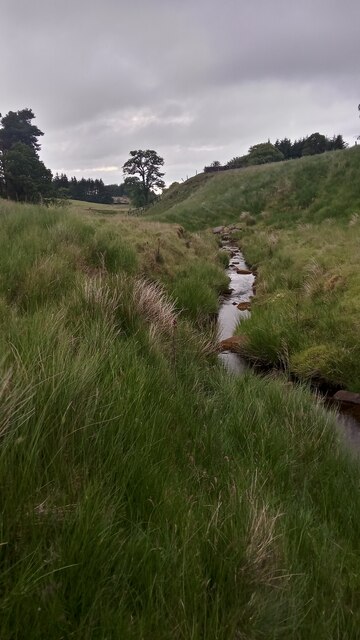




Crow Moss is located at Grid Ref: NT0857 (Lat: 55.803486, Lng: -3.4576038)
Unitary Authority: West Lothian
Police Authority: The Lothians and Scottish Borders
What 3 Words
///muffin.afternoon.encoding. Near Polbeth, West Lothian
Nearby Locations
Related Wikis
West Cairn Hill
West Cairn Hill is a hill in the Pentland Hills range of Scotland. With a height of 562 m (1,844 ft), it is the fifth highest elevation and lies on the...
Cairns Castle
Cairns Castle is a ruined keep, dating from the 15th century. It is located on the northern slope of the Pentland Hills, around 6.5 miles (10.5 km) south...
Cauldstane Slap
Cauldstane Slap is a pass located in the Pentland Hills of Scotland. It marks the border between the neighboring council areas of West Lothian and Scottish...
Harperrig Reservoir
Harperrig Reservoir is a reservoir in West Lothian, Scotland, to the north of the Pentland Hills, four miles (6.4 km) south of Mid Calder. The Water of...
Have you been to Crow Moss?
Leave your review of Crow Moss below (or comments, questions and feedback).


